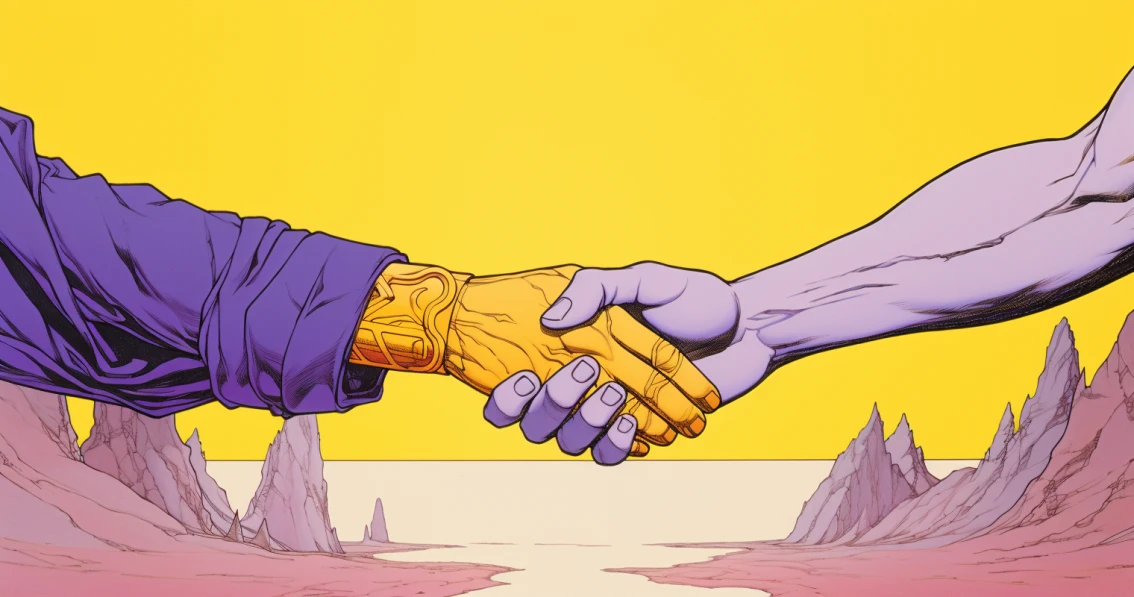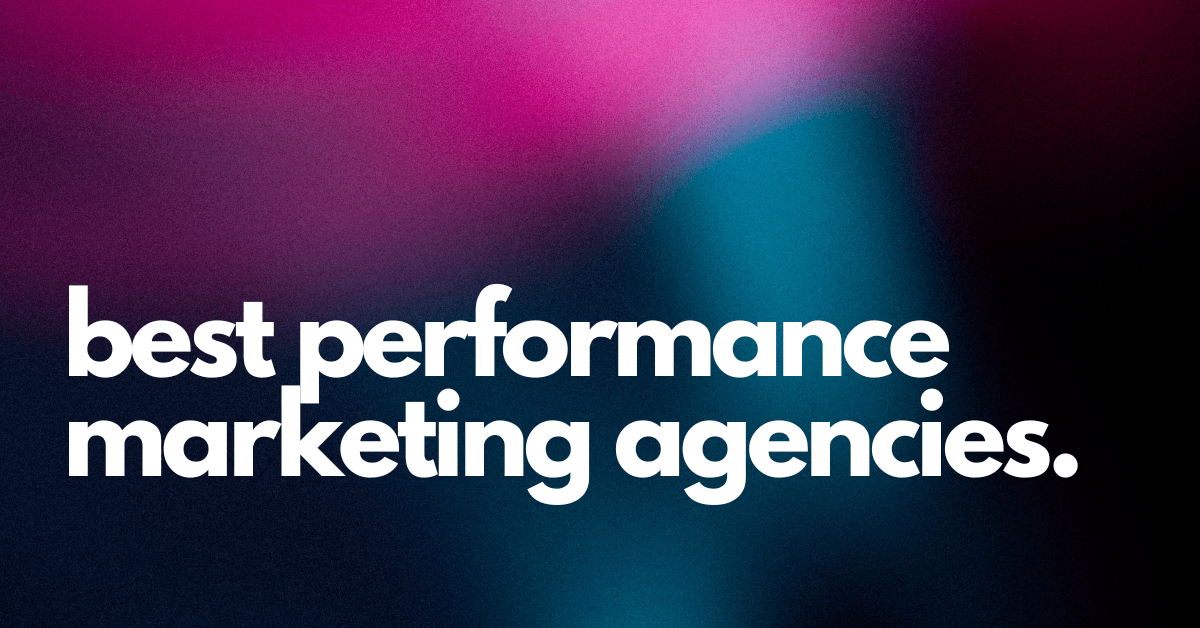When you need to scale user acquisition fast, there’s no room for fluff, theory, or guesswork.
You need a process that’s been battle-tested across millions in ad spend, dozens of genres, and some of the most competitive mobile game markets out there.
At Udonis, we’ve been running user acquisition campaigns for mobile games since 2018. That’s long enough to know what works, what doesn’t, and how to scale a game from soft launch to top charts fast. We’ve helped hundreds of studios, from early-stage teams to breakout hits like King, Sybo, Voodoo, Tastypill, and Playsome, hit aggressive KPIs, unlock profitable growth, and sustain it over the long term.
And while every game is different, our 30-day sprint framework works across the board.
In this article, we’re sharing exactly how we do it – week by week.
Let’s break down the process.
Week 1: Audit, Align, and Set the Foundation
Scaling fast starts with clarity. If you don’t know where you’re going – or what’s holding you back – you’ll burn through budget without meaningful results.
That’s why our first week is all about building the right foundation. We align goals, uncover inefficiencies, and create a strategy that’s built for speed and profitability.
Here’s what we focus on during the first seven days.
Define Goals and Benchmarks
We start by getting clear on your business targets. Are you aiming for a specific ROAS by Day 30? Do you need to validate monetization before you go global?
Whatever the objective, we map out key KPIs – like CPI, IPM, D7/D30 ROAS – and reverse-engineer the performance needed across each channel. That way, every move we make has purpose.
Audit Existing UA Performance
Next, we analyze your current setup. What channels are live? How are campaigns structured? Where’s the creative fatigue creeping in?
We look at historical data to spot wasted spend, inefficient targeting, and creative formats that just aren’t pulling their weight anymore.
Market and Competitor Deep Dive
We don’t operate in a vacuum. During Week 1, we run a competitive analysis of top-performing games in your genre.
We look at their ads, app store presence, monetization strategy, and market positioning. This gives us the edge to outsmart – not outspend – the competition.
Channel and Budget Strategy
Based on what we learn, we build a channel plan with a clear testing vs. scaling budget.
We’re not guessing. We’re applying what we’ve learned from managing millions in spend to pick the right channels, geo splits, and platform priorities for your specific game.
Week 2: Creative Engine and Campaign Setup
Now that we’ve got a solid strategy, it’s time to go live.
Week 2 is all about action – building high-performing ad creatives, setting up test campaigns that actually teach us something, and putting systems in place to learn and iterate fast.
This is where a lot of UA teams get stuck. They either rush to scale without testing, or they spend weeks obsessing over “perfect” creatives that flop in the real world.
At Udonis, we do it differently. We focus on speed and structure.
Launch the Creative Production Machine
We don’t wait for perfect. We launch a first batch of creatives based on proven frameworks that have worked across genres – think UGC-style hooks, gameplay montages, fast-cut tutorials, meme-based formats, and hybrid static-video combos.
Each ad concept is built to test a different core variable: the hook, the visual style, the value prop, or the CTA. We’re creating a system to find winning game ads fast.
Depending on the genre, we might produce anywhere from 12 to 30 creatives in this sprint. The goal isn’t volume for the sake of it. It’s about getting enough variation to generate real insights.
Set Up Test Campaigns
We set up structured test campaigns across the top-performing UA channels: Meta, TikTok, and Google UAC.
But we don’t just throw everything into a broad audience and hope for the best. Each campaign is built with controlled variables. That means:
- One variable tested at a time (creative, audience, placement)
- Clear learning budgets assigned
- Proper naming and tracking so we know exactly what’s working
We also prep campaigns for creative scaling – meaning we tag and structure everything so that when we find a winner, we can rapidly expand its reach.
Build a Rapid Feedback Loop
Here’s where most campaigns fall apart: there’s no system in place for fast analysis.
We set up daily check-ins on early performance metrics – CTR, IPM, CPI, D1 retention – so we can spot a winner (or kill a loser) within 48–72 hours.
This tight feedback loop means we’re never guessing. If something’s underperforming, we adjust right away – whether it’s the ad, the audience, or the bid strategy.
We also bring the client into this loop. You’ll know what’s working, what’s not, and what we’re doing about it – every step of the way.
Week 3: Analyze, Optimize, and Scale What Works
By now, we’ve gathered a mountain of early data – from creative performance to channel efficiency – and it’s time to make it count.
Week 3 is all about ruthless optimization and smart scaling. This is the turning point. The difference between burning budget on average performance… or doubling down on what’s actually moving the needle.
Here’s how we approach it.
Cut the Fat
We don’t cling to underperforming assets.
By Day 15, we’ve got enough data to kill anything that’s dragging down performance – whether that’s a channel, audience, creative, or even a region that’s not converting.
If a creative doesn’t have strong IPM or CTR by this point, it’s out. If a campaign hasn’t produced at least one sign of life (high installs, solid D1 retention, low CPI), we move on.
This approach keeps the budget clean, the signals clear, and the winners easy to identify.
Scale Winning Assets
Once we’ve cleared the dead weight, we focus on scaling what’s working.
If a creative is showing high IPM and CTR, we expand it into new geos or placements. If a campaign is beating ROAS targets, we bump the budget – but carefully.
We typically increase spend in 20–30% daily increments, depending on platform and stability. Scaling isn’t about being aggressive for the sake of it. It’s about being smart, methodical, and maintaining profitability.
We also start layering in lookalike audiences, interest stacks, and auto-bidding setups to squeeze even more efficiency out of high-performing campaigns.
Creative Iteration Sprint
This is one of the most important steps in Week 3 – and the one most teams skip.
We don’t just run the same winning ad until it dies. We spin up fast variations of top performers based on what’s working.
That means:
- Swapping hooks to freshen up attention
- Testing new CTAs or angles
- Localizing for different markets
- Re-editing for different platforms (e.g., TikTok vs Meta)
This sprint extends the life of winning ads and gives us more versions to test as we scale spend. It also keeps performance stable as frequency increases.
Week 4: Aggressive Scaling and Preparing for Long-Term Growth
This is where it all comes together.
In Week 4, we’ve got validated creatives, optimized campaigns, and winning audiences ready to go. Now it’s time to push the budget, expand reach, and prepare for what comes next.
Because scaling UA isn’t just about growth this month – it’s about setting up sustained, compounding success in the months that follow.
Aggressive Spend Scaling
By now, we know what works – and we go all in.
We start ramping budgets significantly across winning campaigns. On Meta and TikTok, we can push spend by 2–3x across top performers, provided the ROAS holds steady.
To maintain stability during this scale-up, we:
- Use campaign budget optimization (CBO) for Meta
- Add high-performing ad sets instead of editing existing ones
- Run multiple budget brackets to avoid sudden jumps
The key is to scale fast, but never recklessly.
Funnel Optimization
As we scale traffic, we zoom out and look at the entire funnel.
If acquisition is strong but ROAS is soft, the issue might not be the ad – it could be store conversion or onboarding drop-off.
So we dig into:
- App store page performance (screenshots, video previews, reviews)
- Onboarding flow and Day 0 retention
- Monetization mechanics (ads vs IAP)
We offer hands-on feedback and even connect clients with ASO partners or in-game monetization experts if needed. UA performance doesn’t live in a vacuum – and neither do we.
Prepare for Month 2
While scaling continues, we’re already thinking 30–60 days ahead.
We start planning:
- New creative concepts based on top performers
- Upcoming seasonal pushes (e.g. Halloween, Black Friday)
- Geo expansion into new Tier 1 or Tier 2 markets
- Cross-channel testing (e.g. Snap, Unity, IronSource)
Our team builds out a roadmap for Month 2 and beyond – because sustainable UA isn’t built in a week, but it does start here.
Ready to Scale User Acquisition Fast?
This 30-day process isn’t theory. It’s the exact system we’ve used to help studios grow from test launch to top charts – without wasting time, budget, or creative potential.
Scaling fast doesn’t mean cutting corners. It means moving with precision, making decisions based on real data, and having the creative firepower to keep performance strong week after week.
If you’re ready to grow, we can help.
At Udonis, we combine high-performance user acquisition with creatives that convert, built specifically for mobile games. Whether you’re stuck in soft launch or gearing up for a big global push, we’ve got the team, tools, and experience to make it happen.
Want to scale user acquisition faster and smarter?
Let’s talk.





![Mobile App Market Growth, Size, and Share [2025 Report]](/static/231d355e4558e7604b3988968bd48b56/0ccb9/mobile-app-market.png)
![Top Game Publishers [2025 Rankings]](/static/0624a216212fe9a5e2d967216247dc6f/dd2e7/game-publishers2.png)
Comments